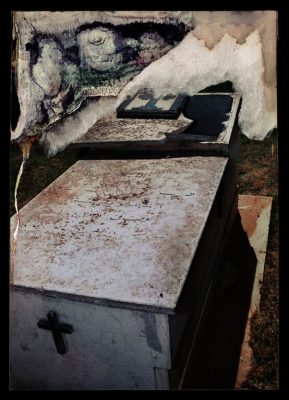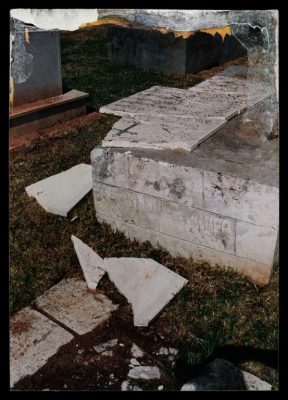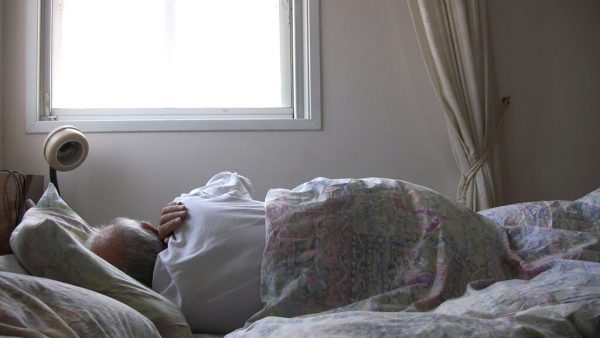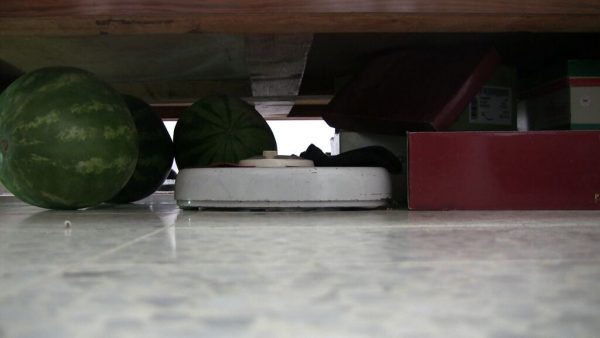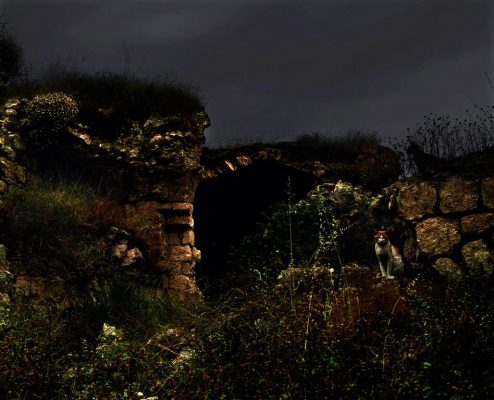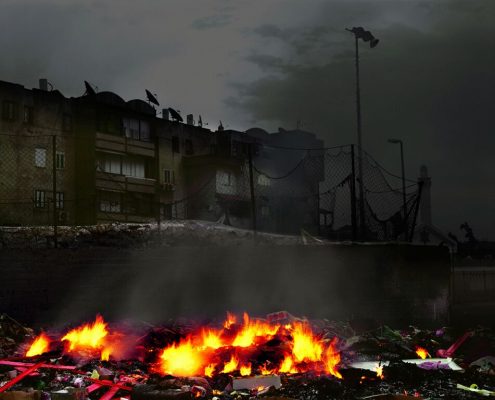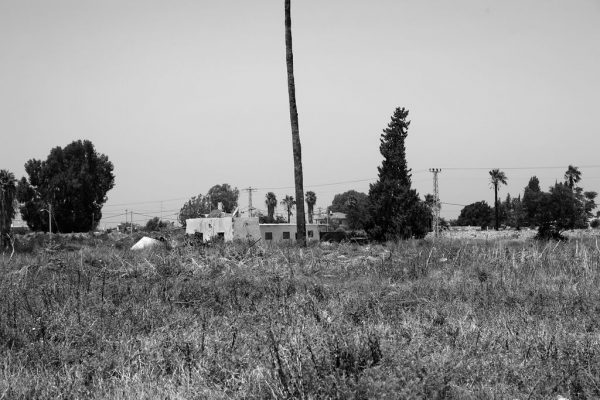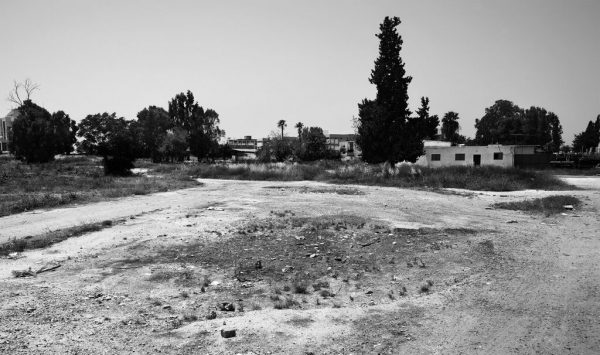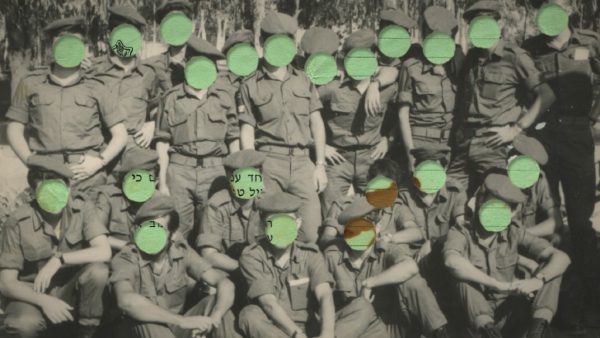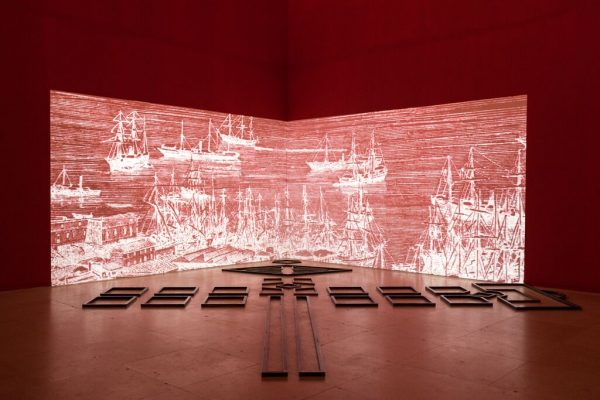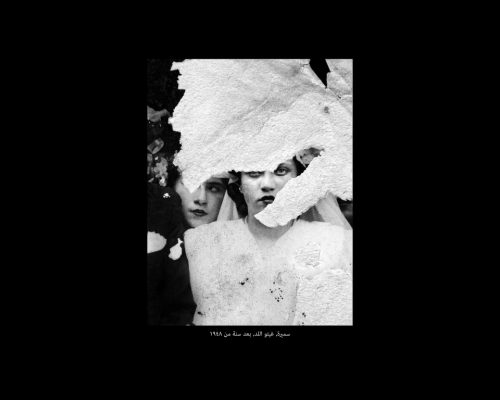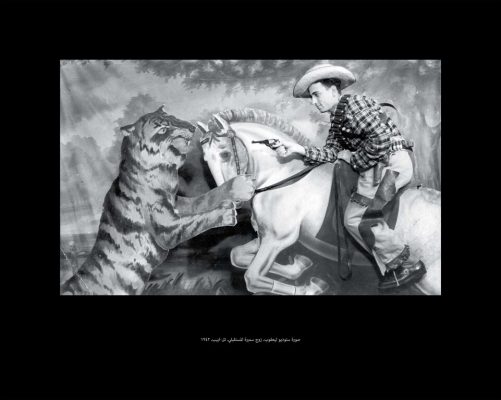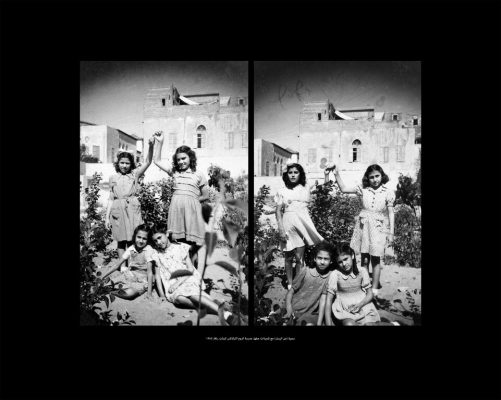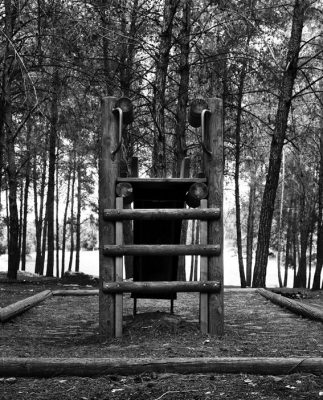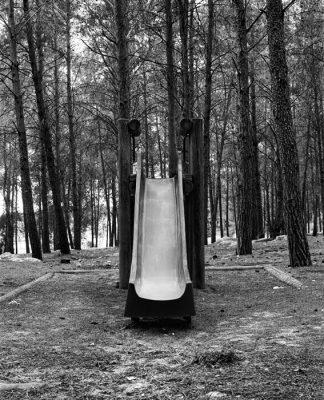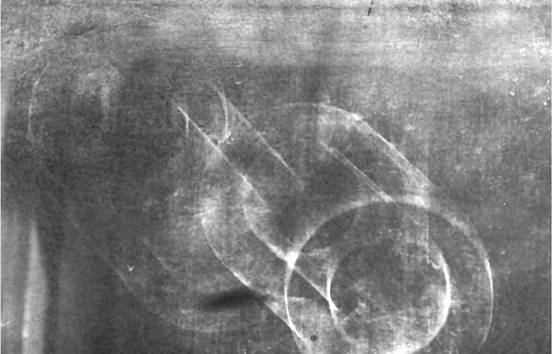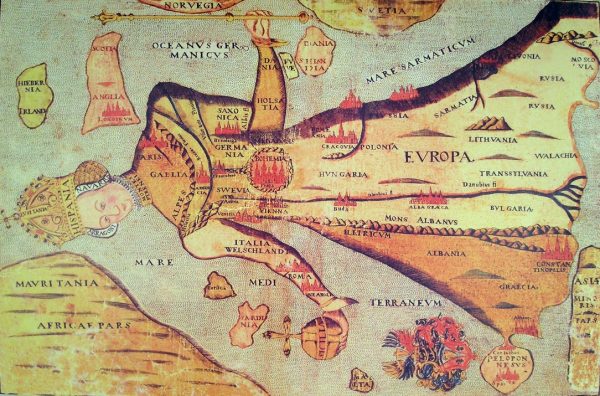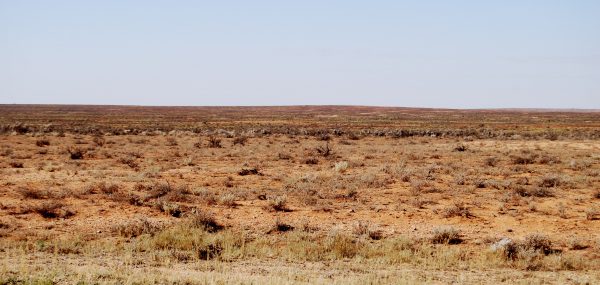Dor Guez, artist, scholar, photographer, archivist, wants to avoid being classified, but it’s difficult not to fall into the trap. As an artist from Israel of mixed Christian Palestinian and Tunisian Jewish origin, whose work disentangles the complex identities which exist within Israel and Palestine, delineation is something he both rejects and encourages.
His work uses photographs, archives and films to ask critical questions of the position of Israel’s Christian Palestinian community, who today make up less than 2 per cent of the population. Much of his art focuses on his family, particularly his grandparents Ya’qoub and Samira, through whom he tracks the experiences of the generation who lived through the Arab-Israeli War, which began in 1948: the year marked Israel’s declaration of independence, which led to the large scale displacement of Palestinians from their homes. Guez uses archival photograph collections to record the steady movement of time passing, and video installations to document banal everyday exchanges, capturing fragments of memory and reflections on identity. In the video Subaru-Mercedes (2009), three members of the same family discuss the complexities of self-identifying between Arab, Christian, Israeli, and Palestinian, while in (Sa)Mira (2009) a young Christian Palestinian discusses the subtle racism she’s encountered in Jerusalem. Alongside his art work, Guez founded the Christian-Palestinian Archive (CPA) in 2009, the first archive devoted to the Christian-Palestinian minority of the Middle East.
With the past month witnessing an increasing number of stabbings, shootings, protests and clashes across Jerusalem, the West Bank, Gaza and Israel, Guez’s work takes on added relevance. Many of his projects are highly intimate, displaying portraits of the generations who have been witnessing this cycle of violence and dispossession since 1948. Guez seeks to unfold every recent layer of identity within the Christian Palestinian community, contrasting these complexities – and the extraordinary circumstances which come with living in either Israel or Palestine – with people’s often banal everyday routines. In Bypass (2014), we see the dirt track, which runs parallel to the concrete wall separating Israel and the West Bank, worn away by the ‘living footsteps of menial existence’. It is a physical testament to the weary and never-ending back and forth of thousands of downturned Palestinian faces. 40 Days (2013) tracks the last days and wake of his grandfather, and Watermelons Under the Bed (2010) portrays his grandfather lying very fragile in bed as his son, Guez’s uncle, describes how the grandfather had ‘danced between the drops and survived in the new environment’. We are made witness to the ways in which ordinary individuals have coped, and continue to cope, with loss, dispossession and cultural alienation. Guez also focuses on structures which have been constructed, or deconstructed, by the Israeli occupation over time – olive groves in The Nation Groves (2010), the Ben-Sheman forest in Pioneer Tree (2011), the destroyed Palestinian homes in Lod in Lydd Ruins (2009) and Al Lydd (2010).
Politics is inescapable. The story of the Christian Palestinians in Israel, a minority within a minority, is a reflection on exile, and Guez’s attempt to probe the ‘meta-narrative’ of nationalism does not escape controversy. (Controversy from both sides – those who claim it’s propaganda for an Israel that wants to be seen as tolerant, and those who are offended by the documentation of Israeli vandalism, such as of the gravesites in the Christian Palestinian cemetery in Lod, which Guez captures as part of his 40 Days project.) But his work is more concerned with picking apart the threads of history embedded within the individual than with political statements about nationalism or belonging.
Guez holds a Ph.D. on the practice of photography from Jaffa and Tel Aviv before 1948. His work has been the subject of over 25 solo exhibitions worldwide. His most recent project, The Sick Man of Europe, has been shown at the Institute of Contemporary Arts in London, The Center for Contemporary Art in Tel Aviv, and The Museum of Contemporary Art, Detroit. His work has been the subject of over 25 solo exhibitions around the world, including at the KW Institute for Contemporary Art, Berlin; The Jewish Museum, New York; Tel Aviv Museum of Art, Tel Aviv; Rose Art Museum, Boston; Artpace, San Antonio; The Mosaic Rooms, London, and more.
I met with Guez on a hot day in June in his studio in an old fabric factory in the semi-industrial area of Jaffa, famous for its graffiti. Jaffa is the southernmost, oldest part of Tel Aviv, and used to be a separate city – it proved the perfect setting to discuss the complex and overlapping identities within Israel and Palestine.
